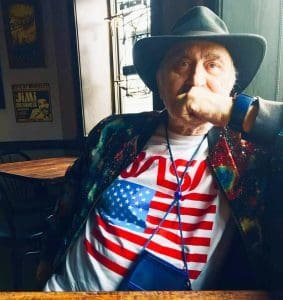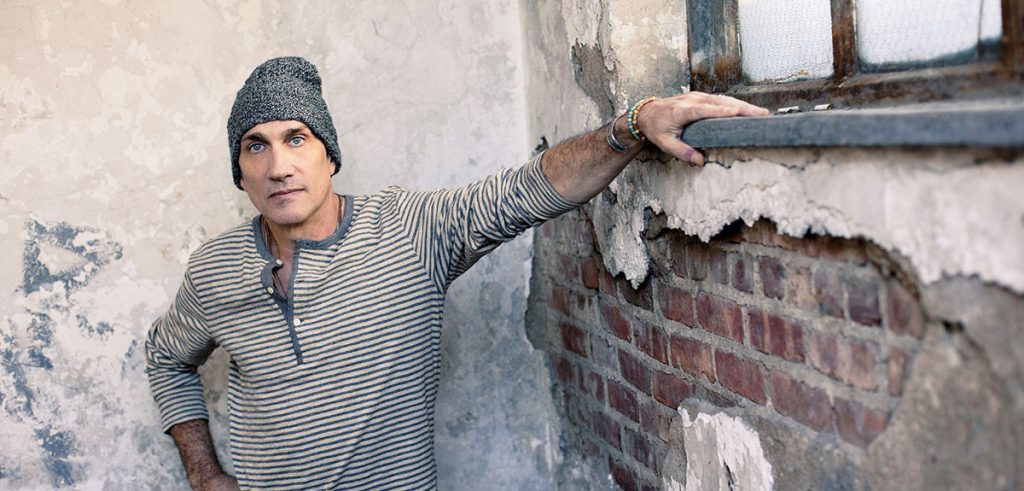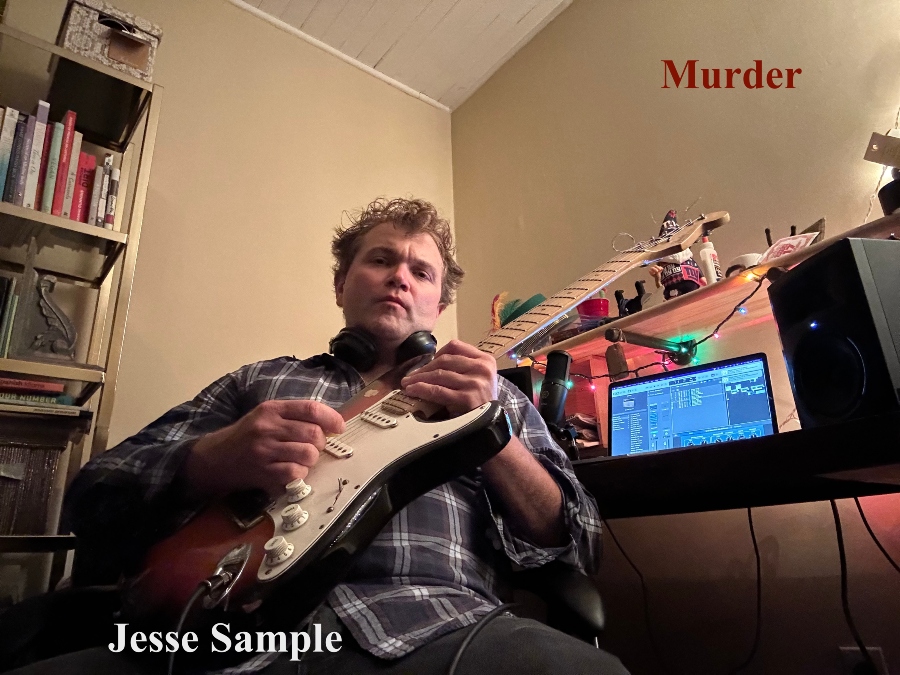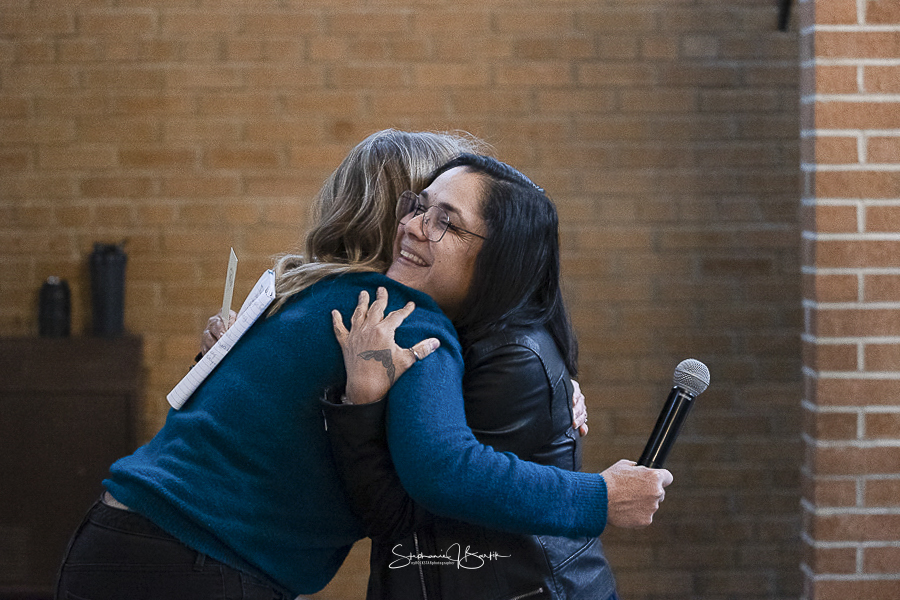It’s hard to think in terms of centuries when life hits you at a mile a minute. But there’s power in the history of where you live. It’s a vibe, a spirit of a thousand spirits. It’s also a crucible forging the hardest of times, and a lens that shows us who we are by letting us see who we were.
Don Rittner is a historian. He’s also an archaeologist, an environmental crusader, an author, educator and filmmaker. He spends his days giving us a sense of place, delving into those centuries and painting us a picture with research, recollection, and… pictures.
We sit with Don and discuss the practical mechanics of time machines.
RRX: Your name is pretty much household when it comes to the history of the Capital District and beyond. Most of what I know of the history of home sweet home has come from one of your many books. They tell a story, and so I’ll ask, from you, maybe a more personal story you’ve picked up from working on them. What’s touched your heart?
 DR: What amazes me, and what most people do not realize, is how important Capital District people have been in the history of the American experience. I have found that in most major American events that have taken place in the last two hundred years there is almost always a person from our region who was a part of it. It could be as simple as Troy’s sharpshooter Boston Corbett who killed John Wilkes Booth (in the same location in the head that Booth killed Lincoln), or Schenectady’s Ernst Alexanderson’s invention and broadcasting of the first commercial television, or even the humorous invention of the first perforated toilet paper by Albany’s Seth Wheeler. Of course, there are hundreds of more serious firsts but considering that the Capital District is the oldest continually settled region in the country I am not surprised by it.
DR: What amazes me, and what most people do not realize, is how important Capital District people have been in the history of the American experience. I have found that in most major American events that have taken place in the last two hundred years there is almost always a person from our region who was a part of it. It could be as simple as Troy’s sharpshooter Boston Corbett who killed John Wilkes Booth (in the same location in the head that Booth killed Lincoln), or Schenectady’s Ernst Alexanderson’s invention and broadcasting of the first commercial television, or even the humorous invention of the first perforated toilet paper by Albany’s Seth Wheeler. Of course, there are hundreds of more serious firsts but considering that the Capital District is the oldest continually settled region in the country I am not surprised by it.
I am also particularly interested in women’s history because until recently women did not get credit for all their accomplishments. Just to give a sample like Schenectady’s Katie Blodgett, one of the first GE female scientists and who invented invisible glass (non-reflective) which is used today on microscopes, eyeglasses, and other items. Emma Willard in Troy who started one of the first female colleges, or Albany’s Florence Auer, an early theater and movie actress and screen writer whose career spanned more than 50 years from 1907-1962. Not many women were writing scripts for silent movies in her day.
There are days when I feel I have learned everything there is about the area and then find a batch of new stuff, so the area keeps on giving.
RRX: I could imagine that the difficulty in putting together the history of a place is more challenging when that history goes back centuries. Albany has been continuously settled for roughly four hundred years. What is the biggest challenge trying to preserve that level of history? And what’s a “hidden” challenge that people wouldn’t expect?
DR: Documentary research is not difficult. There are tons of written information on the early history of our area. Visual information is the most difficult. Since photography was a 19th century invention, that leaves out two hundred earlier years in our area. Fortunately, there were a number of early photographers who shot thousands of photos in the area and many of those collections are available and continue to turn up. I was recently loaned a collection of several hundred glass plates by an Albany photographer from the early 20th century (1913) and am working on a book using those. Unfortunately for the 17th and 18th century it’s a different story. We have to rely on written family letters, maps, government records, old newspapers, and the like to weave a story together. It is not impossible, but it is a challenge. For example, Charles Gehring and crew have been transcribing the early 17th century Dutch records for the last 35 years that include our area, so slowly much of our early history is being pieced together by a number of local historians.
RRX: With history, and with the environment, there’s documentation, and there’s preservation. You have been active in both. In the 70s, you led the fight to preserve the Pine Bush. I remember it as I was in school, with the famous, and endangered, Karner Blue Butterfly. What was the Pine Bush really up against in the 70s? What about today?
DR: Yes, I spent most of my early life studying and saving the Pine Bush. It began with the first Earth Day in 1970 when my friend John Wolcott took me out there to show me some archaeological sites. I was going to graduate as an archaeologist and was looking for some projects. Unfortunately for me, I feel in love with the Pine Bush and decided it had to be saved. Others had tried and many told me I had no chance to buck the O’Connell-Corning Machine, but I grew up on the streets of Troy in the 60’s so it didn’t strike me as a big deal (Trojans know what I mean). I spent 25 years there and convinced Corning to purchase the first preserve during the Hellman controversy back in 1975. The rest is history and at the end of this year people will be able to read the whole story as I am working on the definitive history of the Pine Bush. But to be more specific to your question, the Pine Bush was promoted as the “City within a City” in the 1950s as Albany looked westward for expansion, so speculators started buying up the area for development, many of them tied to the Albany Machine. They had no idea what was coming in the 70s though with the birth of the Environmental Movement. We spent the 70s fighting one development project after another. Think about this for a moment. A bunch of hippies, environmentalists, and their supporters fought five municipalities, the oldest political machine in the country, and the State of New York. We started with zero acres saved and there now are more than 3000 acres saved and a million-dollar discovery center. I would call that success.
Today, there are still parcels that could be saved. I am not 100% happy with the way it is being managed but that all will be in the book. In terms of the Karner Blue, one day in 1974 I met with my friends Cornell Entomologists Robert Dirig and John Cryan at the M&M Motel in Guilderland. They had been studying the Pine Bush for its insect fauna and I decided we needed a mascot to get the public interested in saving the area. So, we went through a list of endangered species: The Buck Moth? Nope, no one will care about a moth, they eat your clothes people will tell you. Spadefoot Toad? Cute but no one will rally around a toad. The Worm Snake or Eastern Hog Nosed Snake? Just the word snake settled that. The Karner Blue Butterfly? A small beautiful little butterfly. Who hates butterflies? Bingo. So, John and Bob did mark release capture studies to determine the status of the butterfly and I ran with it. I was giving a talk to the Wildlife Society one day in 1974 talking about the history of the Pine Bush and the status of the Karner Blue and the person who invited me to speak, who was high up in the State Department of Environmental Conservation, took me aside after and asked me if the butterfly was indeed endangered and needed protection. After I gave him the facts, he contacted a state legislator who drew up a bill and made the Karner Blue the first official endangered insect in NYS. In 1975, that little blue butterfly won the first test case of the new NYS Mined Land Reclamation Act and stopped the mining of Pine Bush dunes for sand. The rest of course will be told in the book.
RRX: You are also an archeologist. You’re pretty much Indiana Jones without the fear of snakes (maybe.) I can only imagine the things that exist below the streets and sidewalks of Albany and Schenectady, Troy. So, since I can only imagine, I’ll ask you: what’s notable that’s buried under the Capital District infrastructure?
DR: Like Indy I am not a big fan of snakes. I appreciate them at a distance. Underneath? Everything from the past, both Native (thousands of years) and European (200 years of 17th and 18th century material). I have been writing for years about the need to uncover our past in the Capital District through archaeology. Unfortunately contract archaeology has taken over the field and that is a discussion for another day, but there is such a wealth of information beneath our collective feet in all three cities of Albany, Schenectady and Troy. I have made several proposals in my history blog over at the Times Union and earlier in the Troy Record and in my books and other writings. Heritage tourism is the number one industry in America, and we live in the oldest region of the country with the most history to uncover and the politicians around here are about as dumb as it gets in terms of understanding it. Heritage tourists spend more money than the average tourist and spend more days visiting historic sites. The entire “First” Albany village, better known as Beverwyck, is sitting beneath the ground waiting to be uncovered. Just look at what Montreal did with their first city. They excavated it, put a museum over it, and you can walk down through the 17th streets of early Montreal. They get thousands of tourists every year. We could do the same here if local politics was different. There are still remnants of Fort Orange that could be excavated here, actually a proposal from 2001 that Wolcott and I did shows exactly where to dig to uncover several important Albany sites including the first Mayor’s house and the old state hall where Ben Franklin and others came up with the Plan of the Union in 1754. In Troy much of the early iron industry can be uncovered along with the city founder’s homes. Schenectady has the Stockade, with a remarkable number of early homes, but you can’t even walk the streets there without the fear of tripping. And the politicians in that city think the only history of the city is the Stockade. In the last couple of years, Metroplex and the city and county have torn down late 17th and early 19th century buildings along State Street that was the first area developed outside the Stockade. Then they put up buildings that look like the same buildings elsewhere, all designed with the same CAD program I imagine. Short-sighted at the least.
RRX: This question piggybacks off of the last question. If some part of our history is buried, that doesn’t always mean it’s gone. Sometimes history is dug up when a building comes down, and sometimes it’s destroyed when a building goes up. Of all that you know that is yet to be preserved, is there a thing or area you have your hopes on?
DR: Fortunately, much of the buried sites are seven or more feet below the surface because over the years the cities have tried to make the city “level” and lots of filling in ravines and dips have occurred, so the history and prehistory (Native history) is still there and of course almost every year when someone puts a backhoe in the ground, they find stuff. Whenever a site is uncovered and an archaeological dig is forced on the developer, thousands of Capital District people visit the site. All you need to do is visit a city that embraces its history, and preserves it, and you will see a city and its people that take pride in that city – and make a ton of money from tourists. I have written several proposals over the years, but they fall on political deaf ears.
RRX: You were an early advocate for using the internet to advance social causes, in particular, environmental causes. And it seems odd at first that someone who preserves the past would be so eager to grab at the future, but the future is somebody’s past. What do you see our area being when future archaeologists have the brushes?
DR: True, but in reality, our human experience is based directly on our natural world. Most people know me as a historian however in 6th grade I had my own chemistry lab and started college as a biochemistry major. I was sure I was going to find a cure for cancer but the 60s and 70s was the era of Vietnam and I did not want to make napalm to kill people, my attitude at the time. I have written three science encyclopedias in chemistry, biology and atmospheric science. When I went into archaeology it was a field that I could continue to use my knowledge of science. Archaeology is a multidisciplinary field. Of course, history is the combination of all knowledge, so it was an easy transition, and I didn’t have to give up any of my knowledge of science as many of my Facebook friends know because I inundate them with science postings daily.
Society today thinks it has control of nature. Periodically, we get reminded that we do not (hurricanes, Mt. St. Helen, etc.). You cannot comprehend the future if you don’t understand the past. A major tenant in archaeology is you try to understand what kind of environment the people you are studying lived in. Many societies have disappeared because of climate change over thousands of years before us. Climate change is not a “new” thing. You can learn a great deal by studying the past to predict the future. When I published EcoLinking in 1992, the first book to show how to use the Net for a social cause, I wanted to connect the worldwide environmental community. There were TEN Web sites in the entire world in 1992. There are now millions.
I still believe the Net has the power for good though some argue that in the last few years it has been usurped by more negative forces. But I wonder if there will be a need for archaeologists in the future. Because of technology we can document almost every second of our existence now.
I think as long as we continue to dig into the earth there will be a need for archaeology of the past, but I would say from the 21st century onward probably everything will be documented and the need may not be there fifty or a hundred years from now, unless it is Martians digging us up from the apocalypse. If we do survive ourselves, perhaps Astroarchaeology will be important as we uncover civilizations on other worlds when we really start exploring the depth of space.
RRX: This is where you answer the question I didn’t ask. Tips, tricks, and helpful hints. Educate, enlighten, emote – the floor is yours.
DR: The great thing about understanding the past is it gives you a valuable insight on human progress. It also allows you to have an understanding about what works and what does not because of previous attempts on solving the same problems. People keep trying to reinvent the wheel. If they had a knowledge of history, they would already know what was attempted in the past to solve the same problem and concentrate their efforts for new solutions. And I hate to beat a dead horse but the old Winston Churchill saying keeps coming back: “Those that fail to learn from history are doomed to repeat it.”
I suppose I see myself as an optimistic cynic. If I was falling off the Empire State Building, as I went by each floor, I would say to myself: “Well so far so good!” I like to think the Human Race will figure out why we are here and continue to do the good and right things to keep us here. Fingers crossed.
Author
Staff
You may also like
Continue reading





 RadioRadioX
RadioRadioX